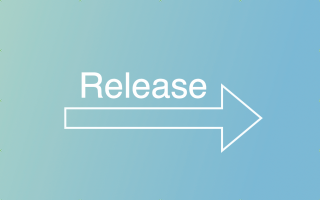Angular is a popular JavaScript framework for building web applications. Testing is an essential part of software development, and Angular provides several tools for testing your application. In this article, we will discuss best practices for testing your Angular application and explore the different tools available for testing.
Why Test Your Angular Application?
Testing is an essential part of software development. It helps ensure that your application is functioning correctly and helps catch bugs and issues before they become major problems. By testing your Angular application, you can ensure that your code is maintainable, reliable, and scalable.
Best Practices for Testing Your Angular Application
- Use Test-Driven Development (TDD)
Test-driven development is a software development approach that involves writing tests before writing code. This approach helps ensure that your code is testable and that all features are tested thoroughly. By using TDD, you can catch bugs early in the development process and reduce the risk of introducing new bugs in the future.
- Use Descriptive Test Names
When writing tests, it’s essential to use descriptive names that describe what the test is testing. This helps make your tests more readable and understandable and makes it easier to identify the cause of failures when tests fail.

Photo by Alex Knight on Unsplash
- Isolate Your Tests
When writing tests, it’s important to isolate them from one another to ensure that they are testing the intended functionality. This can be done by using test fixtures and mocking dependencies.
- Use Test Coverage Tools
Test coverage tools can help you identify areas of your code that are not adequately covered by tests. By using a test coverage tool, you can ensure that your tests are testing all of the functionality in your application and that your code is fully tested.
Tools for Testing Your Angular Application
- Jasmine
Jasmine is a popular testing framework for JavaScript. It provides a simple syntax for writing tests and includes a built-in test runner. Jasmine can be used for unit testing and integration testing in your Angular application.
- Karma
Karma is a test runner for JavaScript that can be used to run tests in multiple browsers. It integrates with Jasmine and provides a simple configuration file for setting up your test environment. Karma can be used for unit testing and integration testing in your Angular application.
- Protractor
Protractor is an end-to-end testing framework for Angular. It can be used to test your application’s user interface and simulate user interactions. Protractor uses WebDriver to interact with your application and provides a simple API for writing tests.
- Cypress
Cypress is another end-to-end testing framework for JavaScript. It provides a simple API for writing tests and includes a built-in test runner. Cypress can be used to test your application’s user interface and simulate user interactions.
- Angular Testing Library
The Angular Testing Library is a lightweight library for testing Angular components. It provides a simple API for querying and interacting with components in your application and can be used for unit testing and integration testing.
Conclusion
Testing is an essential part of software development, and Angular provides several tools for testing your application. By following best practices for testing and using the tools available, you can ensure that your Angular application is reliable, maintainable, and scalable. Whether you’re writing unit tests, integration tests, or end-to-end tests, there is a tool available to help you test your application effectively.



